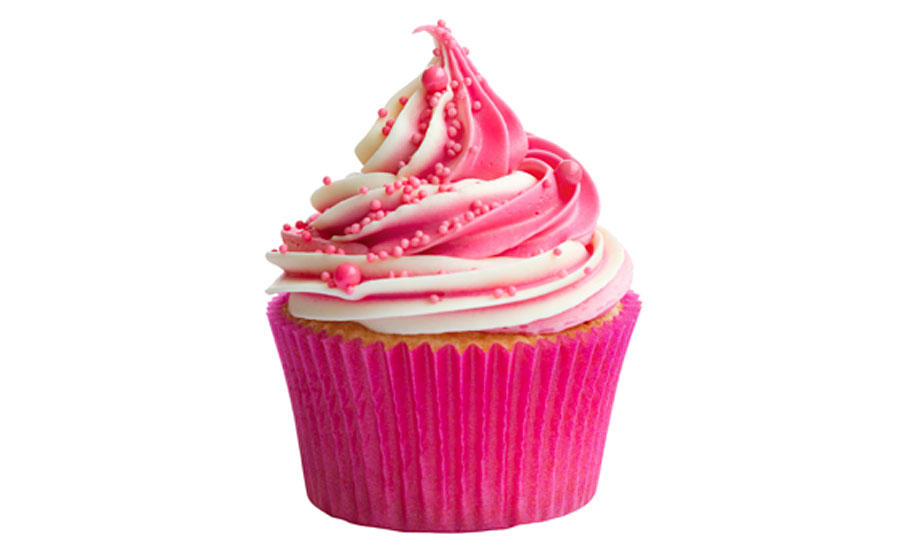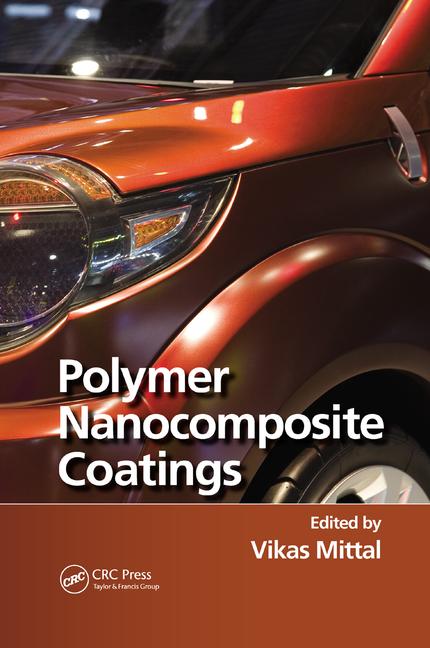People think pink is a pushover. An ostensibly delicate and subdued hue, pink is often relegated to pastel nurseries or the covers of delicate romance novels. No 50 shades here.
The truth is, pink is powerful. Paint a jail cell pink and dangerous criminals calm down.
Though it’s considered a feminine color – at least in the United States, for the past half century or so – pink is ladylike with an edge. Give a girl a Barbie and she’ll learn that she can grow up to be anything from an astronaut to a whale trainer, and afford her own houses, horses and sports cars. Displaying a pink ribbon symbolizes power over breast cancer. Just don’t offer a woman a pink tool set. The “shrink it and pink it” craze is history.
All this in the face of a theory that posits that, because pink doesn’t appear in the rainbow, it doesn’t really exist.
It’s time to stand up for pink.
Yes, Virginia, Pink Is Real
A few years ago, Robert Krulwich, co-host of the NPR program Radiolab, touched off a fuchsia firestorm by declaring in a blog post that pink did not – and, indeed, could not – exist.
The argument: Pink is a figment of the imagination because it does not appear in the rainbow, also known as the visible light spectrum. In short, there’s no P in ROY G. BIV.
His post was based on a video from Minute Physics, which explains that one edge of the rainbow is red, the other violet. Pink happens when red and violet light get together – except that they can’t. You can’t just roll up the color wheel so red and violet touch. Infrared light extends beyond the red edge, ultraviolet, X-rays, gamma rays and the like from the violet edge. All are invisible to the human eye and all go on to infinity.
With no way to bridge the gap, no way to mix violet and red, Krulwich and Minute Physics concluded, “pink isn’t out there. This color doesn’t exist, except in our brains.”
Critics and pink lovers were quick to pounce. Pink isn’t about wavelengths of light, argued experts in the world of dyes, pigments and chemicals, it’s about mixing colors and interpreting the visual world. Red and white paint certainly make pink.
And everyone knows that adding a touch of red food coloring to white birthday cake icing produces a shade of pink that is both artful and delicious.
Finally, at the florist’s shop, be sure to admire the Dianthus caryophyllus, or carnation, one of 300 members of the Dianthus genus of frilly leafed flowering plants from which the color pink originally got its name.
Calming the Savage Beast
Like a fist in a velvet glove, pink sometimes conceals its power behind a façade of passiveness.
Back in the late 1960s, Alexander Schauss was director of the American Institute for Biosocial Research in Tacoma, WA. During research on color, personality and hormones, he noted that people’s color preferences shifted according to psychological and physiological fluctuations. He began to wonder if the process operated in reverse: Could color affect emotional and hormonal changes or trigger measurable responses in the endocrine system?
After a lot of testing, he found that one color – pink – affected not only muscle strength but also the cardiovascular system, noticeably slowing a person’s heart rate, pulse and respiration. One shade, in particular, had profound results.
He called it P-618, and he concocted it by mixing a gallon of pure white indoor latex with a pint of red trim semigloss exterior paint. In 1979 he convinced Gene Baker and Ron Miller, directors of the U.S. Naval Correctional Facility in Seattle, to use it on the walls of a few cells to see if prisoners would be affected. Boy, were they.
Tough, belligerent inmates calmed down almost immediately, and levels of hostility and aggression noticeably decreased.
Now known as Drunk Tank Pink or Baker-Miller Pink (hex value FF91AF), it became a staple in jails across the country.
But it is hardly a panacea. Subsequent studies produced conflicting results, the effects lasted 15 to 30 minutes at best and – perhaps most troubling – sometimes pink had the exact opposite effect, especially for inmates kept in the cell too long.
Pink Culture
Few colors have been as much a part of American popular culture over the past half-century as pink. Three can be considered icons: the plastic flamingo, Barbie and pink ribbons for breast cancer.
The plastic flamingo has gone from innocent (and unironically desirable) yard ornamentation to the tackiest thing imaginable, to cult classic. Perhaps the only lawn ornament more famous than the garden gnome, the plastic flamingo was designed by Don Featherstone in 1957 at the Union Products factory in Leominster, MA. It was only his second assignment at the company. Basing his model on photos in National Geographic, he formed the original out of clay and used it to make a plaster cast. The cast, in turn, was used to form the molds for the then-revolutionary technology of plastic injection molding.
The timing was right for the flamboyant bird. The first ones, made of flaming pink polyethylene, cost $2.76 a pair and quickly became the yard art of choice in working-class subdivisions, where lawns were green and houses needed a touch of individuality to make them stand out from their neighbors.
The backlash came in the 1960s. Baby Boomers derided them as unnatural and tacky, and by 1970, Sears had quit selling them. But they flapped back with a vengeance in the 1970s and ’80s and are still going strong, though not without an aura of camp and whimsy.
Featherstone received the Ig Noble Prize for his plastic avian achievement in 1996 and died in 2015 at the age of 79. Cado Manufacturing now owns the copyrights and the entire Union Products product line. The price of a pair of flamingos on Amazon these days is about $18.
Barbie (full name: Barbara Millicent Roberts, daughter of George and Margaret) came along in the late 1950s. Made by Mattel, she was the first grown-up doll to be marketed to little girls. More than a billion have been sold. She originally retailed for $3, the equivalent of just under $25 today.
Barbie has had her critics, but supporters maintain that she’s been a strong positive example for girls for decades. She always worked, from the very beginning. She has had her own houses, cars and loyal boyfriend Ken. And at a time when many women considered sports unladylike, Barbie was skiing, SCUBA diving and engaging in other athletic pursuits, giving girls the message that physical exertion was healthy and appropriate.
Barbie also has a rocking resume that lists more than 130 careers. She started out as a 17-year-old fashion model, but over the years has been a nurse, a rock star, a paratrooper, an astronaut (who reached the moon four years before Neil Armstrong did), a CEO and a presidential candidate.
As her creator, Ruth Handler explained, “My whole philosophy of Barbie was that through the doll, the little girl could be anything she wanted to be. Barbie always represented the fact that a woman has choices.”
Perhaps the most ubiquitous use of pink comes in October when everything from NFL game apparel to consumer products to makeup and food is covered in pink ribbons for National Breast Cancer Awareness Month. It follows on the heels of yellow ribbons to remember a loved one in the military and red ribbons for AIDS awareness.
The first known use of pink ribbons occurred in 1991 when the Susan G. Komen Foundation (now known as Susan G. Komen) gave them to participants in a New York City road race for cancer survivors. Ribbons entered the mainstream the following year when Alexandra Penney, then editor in chief of Self magazine, partnered with Evelyn Lauder, a breast cancer survivor and senior corporate vice president at the Estee Lauder cosmetics company, to distribute ribbons in stores in New York City. Estee Lauder makeup counters handed out 1.5 million ribbons that year, each accompanied by a laminated card that told women how to do a breast self-exam, and also collected more than 200,000 petitions urging the White House to push for more funding for breast cancer research.
Around the same time, corporations began discovering cause marketing. Breast cancer awareness became a safe way for companies to do a little good while doing well financially and has become one of the most successful examples of for-profits and non-profits working together to raise money.
Tickled Pink
From hot magenta to cool cotton candy, Plastics Color, a global plastic colorant supplier, offers industry-leading formulations and color concentrates to meet your consumer packaging goals
Contact the experts at the Solutions Center for help formulating the right hue for your product.
For more information, visit www.plasticscolor.com/en-US/
By Plastics Color Corp.





Report Abusive Comment